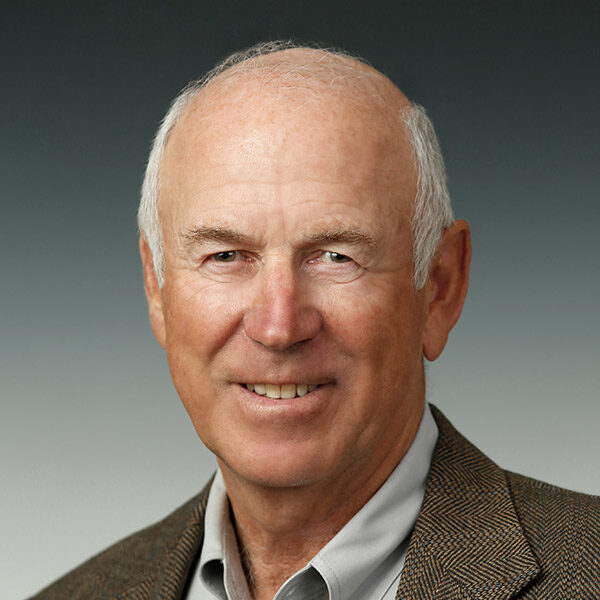Regulatory and fiscal stability herald bright future for investment in Alaska
There is a renaissance underway on the North Slope driven primarily by two huge projects – Santos’ and Eni’s Pikka development and ConocoPhillips’ Willow. Together, these two, new oil fields will increase production to levels not seen in in two decades.
Despite the challenges that come with operating in the Arctic – high costs, harsh weather, supply chain issues, legal hurdles and fluctuating oil prices –Alaska can expect $22 billion in planned oil and gas industry investment between 2025 and 2030, according to a petroleum economics study by Anchorage-based McKinley Research.
“By 2034, more than 60% of North Slope production will come from fields that, today, have yet to put a single drop into the Trans Alaska Pipeline System,” the study found.
We cannot control many of the challenges Arctic operations bring, but we can maintain fair and stable tax policies that attract the capital needed to keep our resource industries healthy so they can produce jobs and revenues for Alaskans.
Let’s keep Alaska competitive!
What’s at stake
$4B
State & Local Revenue
FY25
70,425
Alaskan Jobs Supported
Direct/Indirect
$0.5B
Grow the Permanent Fund
FY22 Dedicated Revenues to Corpus
$5.8B
Spending with Local Businesses
Annual
Source: McKinley Research for AOGA
Stable tax policy leads to resource renaissance on the North Slope


Letter from the co-chairs
Fair and Competitive oil taxes are working
There is a resurgence in oil production and jobs in Alaska that is directly related to our current oil tax policy. SB 21, a fair and competitive tax policy, replaced the antiquated ACES tax structure that drove down petroleum investment for more than a decade. Thanks to SB 21, Alaskans have the greatest opportunity of our generation on the North Slope today.
Some present and former legislators argue that SB 21 was a mistake, but the facts speak for themselves.
The Willow and Pikka projects, years in the making, are in active development, with Pikka now expecting first production any day now. These and other robust investments in Alaska’s future would not have occurred under the previous punitive tax regime. Between the Willow and Pikka projects alone, the oil and gas industry is spending over $10 billion in Alaska, with each project generating thousands of construction jobs and hundreds of operating jobs.
READ MORE




